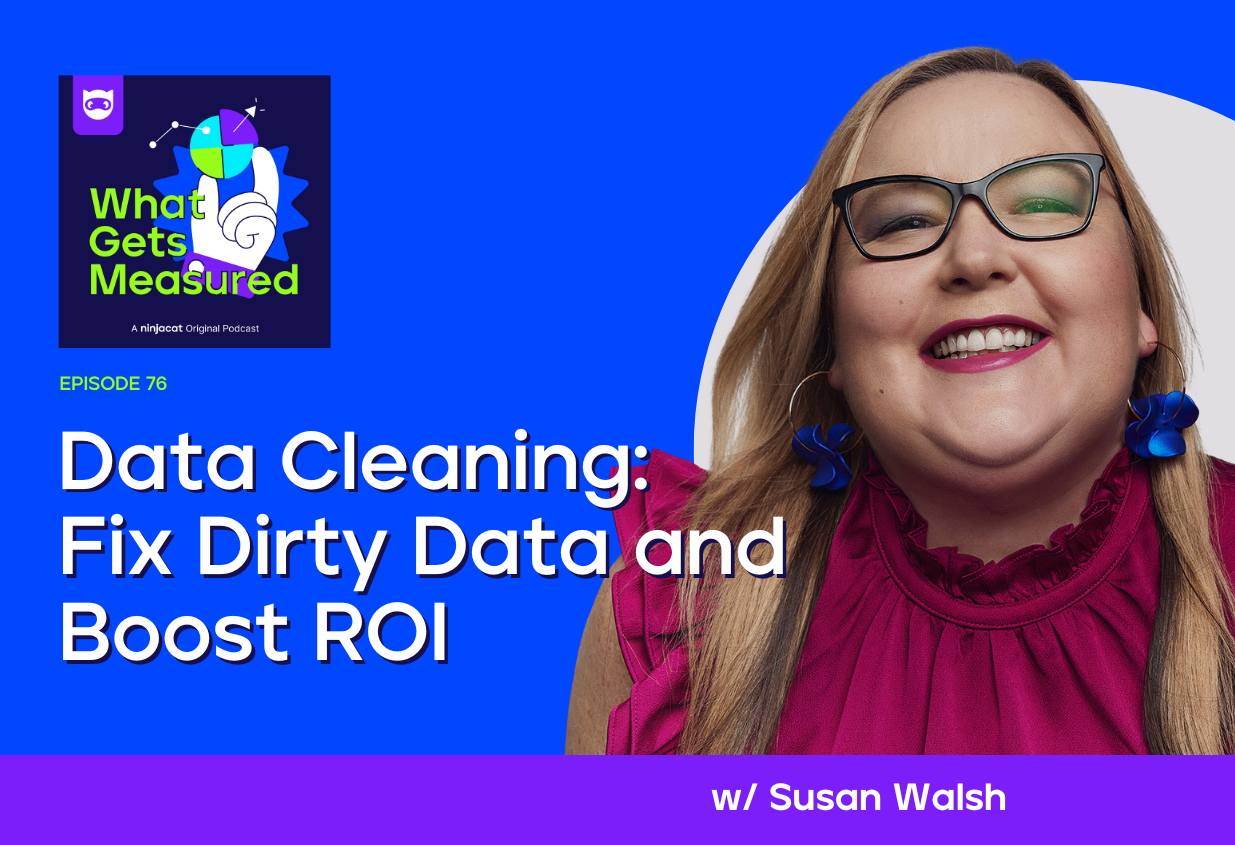Navigating Complexity: Balancing Intuition and Data in Marketing Strategy

The Guest
With a career spanning over a decade, JP Castlin has carved a niche in helping organizations navigate the complexities of market dynamics and strategic planning. He is an independent consultant that aids businesses in leveraging strategic marketing and organizational capabilities to outmaneuver competition. A thought leader in the field, JP regularly shares insights on his blog and speaks at various industry events, has an amazing newsletter Strategy in Praxis, is a gem to follow on social and he’s here today to talk about complexity and data management in marketing.
Strategic Intuition and Data-Driven Decision Making
Our mind-expanding interview with JP starts with the question of how to balance intuition with data, and right off the bat, he has a cold glass of water to throw on the coals of binary thinking. While data provides insights, it cannot predict unpredictable outcomes in complex systems.
“People think the world is predictable with enough data,” says JP. “This kind of thinking is engrained from an early age; there is only one right answer on tests, and if you don’t get it right you need to study more and gather more information. But the adult world is mired in complexity that is most times not causal and essentially unpredictable; you can detect patterns but not specifics, no matter the amount of data you collect”
Kauffman’s Screwdriver
JP shares the metaphor of Kauffman’s screwdriver, from Stuart Kauffman from the Sante Fe Institute, which describes a scenario where tools or methods are used inappropriately or ineffectively due to a lack of understanding of their limitations. The metaphor illustrates the danger of applying a tool (or method) in a context where it doesn't fit or where its limitations are not well understood. For instance, using sophisticated statistical models or data analytics techniques without a proper grasp of the underlying assumptions or limitations can lead to misleading or incorrect results.
“The use-cases for a screwdriver are indefinite, and the non use-cases for a screwdriver are infinite,” explains JP. “So if you employ nominal scale to an indefinite sample space, you lack fixed categories or measurable relationships, making it difficult to perform meaningful statistical analysis or comparisons. You have to balance what you can calculate, with what you’ll never be able to calculate.”
The Costs and Calculations of Innovation and Strategy
The conversation then pivots to the importance, and implicit barriers, of experimentation and innovation in business. JP states that one of the factors stifling innovation is the current US tax laws and the fear of failure as barriers to experimentation.
“The higher the corporate tax, the less corporations tend to innovate” says JP. “Along with that, innovation is often portrayed by consulting firms, agencies, and the market (external entities with no skin in the game) as a ‘big bet’ or a massive pivot, rather than a series of small, highly structured experiments with a strong internal goal in mind.”
JP then details how innovation and experimentation should take place in an organization.
“Experimentation happens best at the edges, away from the competence envelope,” explains JP. “Which is why, before you choose any statistical or mathematical models to play around with, you first develop a full appreciation and holistic understanding of the business models that make your organization money.”
Data Management, Emergence, and Uncertainty
Next in the discussion, JP explores the complexities of data management and its role in understanding complex systems. The concept of emergence, the importance of understanding customer behavior, and the potential dangers of over-reliance on artificial intelligence are discussed. Different types of uncertainty, including aleatoric, epistemic, and radical uncertainty, are examined, highlighting the challenge of creating use cases for uncertain events.
“There are different layers and scales of information living alongside one another in complex systems,” says JP. “Fully studying the microscopic behavior of oxygen and hydrogen atoms won’t help you understand water. Individual employee behaviors won’t ladder up into understanding an entire organization, a single ant can’t tell you everything about the colony. That’s because the parts of a system have behaviors, and then the system itself has behaviors.”
“Data management, without an appreciation for what level or scale the data is referring to, or the properties of emergence, is going to lead to chaos. The more you try to lock onto precision, the less accurate you’ll be, and vice versa. You have to balance precision and accuracy and look for simple, not simplistic, answers.
Rather than starting with data, start with the strategy; what data points do you need to know if the strategy is failing or succeeding, how/where can you measure that?
To hear JP talk about his favorite (and least favorite) strategic marketing frameworks and how they apply to complex times, how a children’s birthday party can help you understand how to approach chaos more sensibly, what the banana curve has to do with everything, and if JP thinks bacon in France is better than Francis Bacon, listen to the whole interview at the links provided on this page.
The Links
JP’s Consulting Website
JP’s newsletter “Strategy in Praxis”
Negative Binomial Distribution explained
The 4E Model of Market Dynamics
LISTEN TO THE FULL SHOW -> Stay tuned, stay curious and subscribe to What Gets Measured on Apple Podcasts, Spotify, YouTube or add it as a Favorite on your podcast player of choice.

.png)


